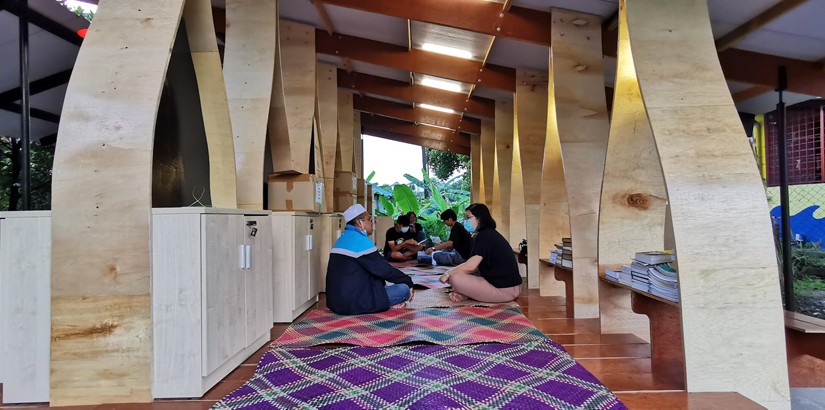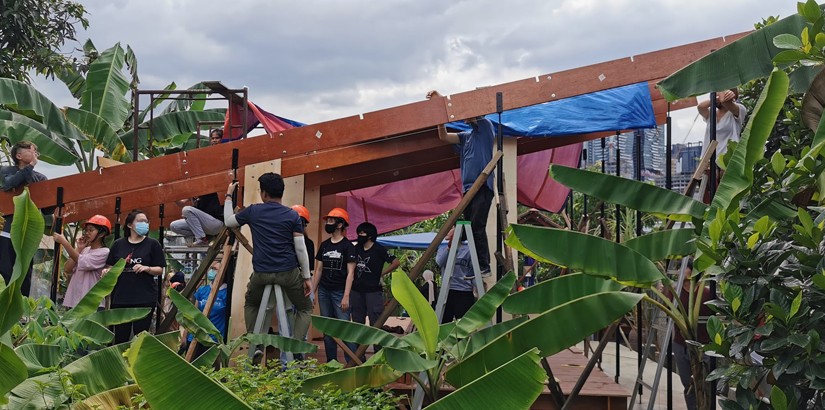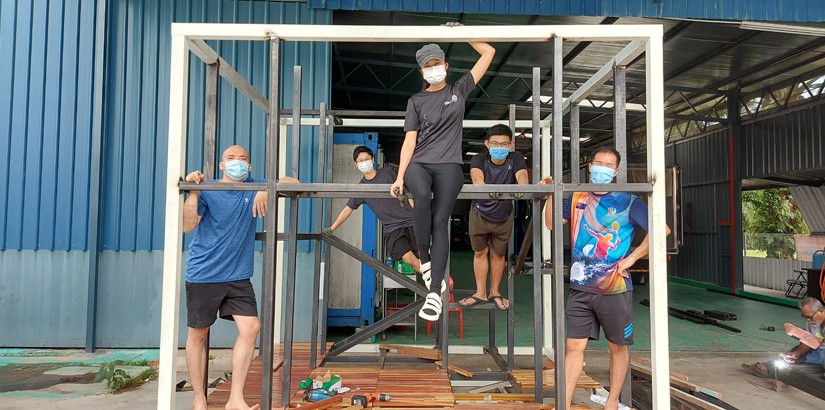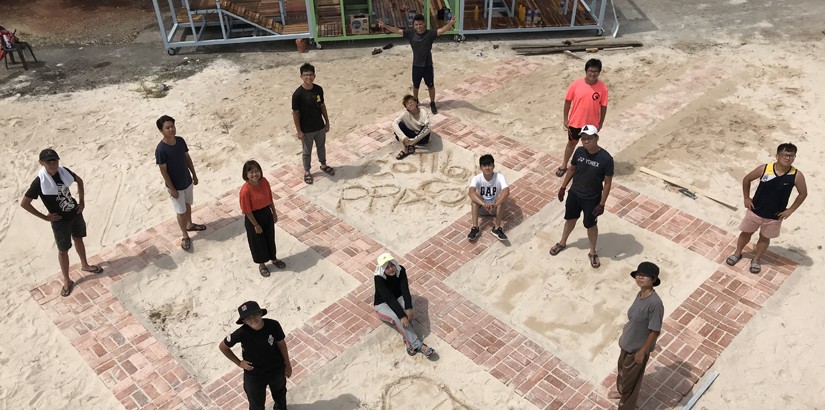2021
31 MarArchitecture And Community Engagement
Architecture has served as a reflection of culture throughout history representing the ideals, achievements, and ultimate demise of civilisations. There’s much to learn about the society and the people before our time by looking at the monumental structures, homes, and houses that make up the fabric of a city.
The study of built environment of the yesteryears speaks volumes about culture, environment and the way life as it was.
At the most basic level, the conception is that architecture exists to establish the physical world in which people work in. But architecture is more than that; it is also a part of our culture. It is a reflection of both how we see ourselves and how we see the world.
Architecture has a profound effect on its inhabitants, not just on a social level but also on a more personal level. Anything from the layout of the room to the material finishes can have an impact on the wellbeing, mood, and efficiency of the people who use it.
The need to relook and retool the ideologies of architecture has become ever pressing following the Covid-19 pandemic. This predicament has forced businesses to shutter, people to lose jobs, and devastatingly killed hundreds of thousands.
But it led to the exploration of new areas in the architectural field.
The isolation of individuals in the time of crisis, redesigning public spaces to enable physical distancing coupled with identifying new plans to facilitate the work from home option are some of the many ideas that have stemmed from this pandemic, putting the field of architectural to work.
The correlation of architecture is seen everywhere and it is evitable to discard this aspect in the progress of societies and nations. In light of the pandemic, the field of architecture has shouldered a strong responsibility in rebuilding nations.
To redefine societies, rebuild nations, and aspire young minds to achieve their potential in the field of architecture are facets of what UCSI University’s School of Architecture and Built Environment (SABE) truly hold on to.
Students from SABE frequently work alongside revered experts on undergraduate projects that address global challenges — the result of the School’s vast partnership with renowned architects both local and international.
With this in mind, came the idea of setting up COLLLAB. COLLAB is a community-aid networking platform that combines the Fabrication Lab, Scholarship Trust Fund Scholar Programme and Architecture, Interior and Surveying (AIS) Student Society as comprehensive resources to connect the community with young talents for meaningful community architecture programmes.
Engaged with collaborators and societies since 2009, the school initiated every project that was aimed at impacting societies. SABE's recent projects with Khind Starfish Foundation: Assemble to Assembly: Community Library at Kebun Komuniti Keramat AU2 and Playscape at Kampung Belemang, Muar, Johor, continues the mission with a pleasant twist.
The Keramat Community Library project is a small library catered for the B40 community in Kebun Komuniti Rumah Pangsa AU2 Taman Keramat. By contrast, Playscape at Kampung Belemang is a modular and mobile playful landscape based on a student's recollection of the various lessons he accumulated throughout his studies.
These projects are part of the Khind Starfish Foundation's Project for Happiness. The Project for Happiness is an initiative that encourages undergraduate students to design grassroots projects to address the root cause of poverty and poor education.
Essentially, students from SABE collaborate with industries, non-profitable organisations, professional bodies, government agencies and non-governmental organisations to provide compelling architectural ideas and solutions.
These collaborations have provided UCSI’s architectural students with solid portfolios and fundamental knowledge before graduating.
The school also gave sufficient emphasis on revamping and revising its syllabuses to ensure they remain relevant and in accordance with the industry’s best practices.
The success of alumnus Tien Jun Xiang is a product of both his perseverance and determination to excel in the field of architecture, and the school’s ability to develop the best amongst its students.
Tien won the gold medal for his project – Revival of Hope” in the architecture category at the Asia Young Designer Awards 2019 when he was pursuing his final year in Degree in Architecture.
Meanwhile, alumnus Jonathan Leong today resides in Australia as a design architect in a leading architecture firm in Melbourne.
Recently, the Board of Architects Malaysia awarded the school’s Master of Architecture and BSc (Hons) in Architecture programmes with Part 2 and Part 1 accreditations.
These accreditations give credence to SABE’s programmes and enable students with the title of Architect Assistant (Part 1) and Graduate Architect (Part 2) upon graduation.
This and more are aspects that substantiate SABE’s footing in the architectural field as a school that trains great architects.
For more information, visit http://bit.ly/enquiry_architecture_3 or contact 03-91018882/011-35920893. The university will be hosting its eOpen Day and Open Day on April 10-11, and 17-18.










